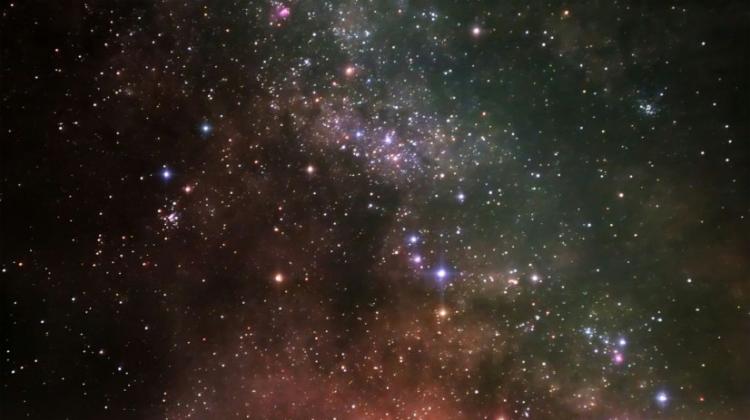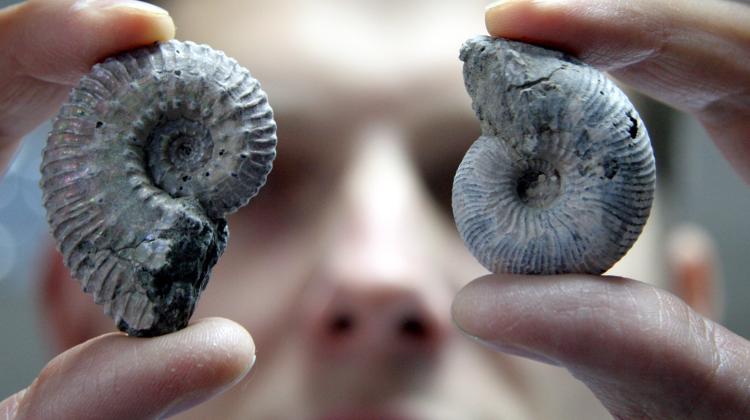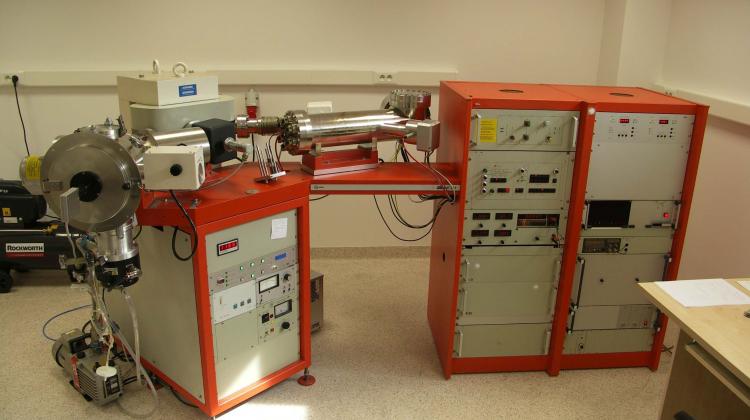Astronomer from Poznań assists at the birth of stars
 Photo: Fotolia
Photo: Fotolia
The Sun wasn\'t "bright as the Sun" from the very beginning of its existence. Birth of a star lasts hundreds of thousands years, and before such an object itself "shines", it must take on a little weight - said astronomer Agata Karska, who assists at the birth of more than 100 stars.
"Observing molecules in young stars and the areas around them, I indirectly strive to answer questions of how stars and planets form, and whether life exists in other parts of the universe, or at least if organic compounds are present there" - Dr. Agata Karska from the Astronomical Observatory Institute at the Faculty of Physics of Adam Mickiewicz University in Poznań talked about her research. For her research, Dr. Karska received this year\'s POLITYKA Scientific Award.
SHADY (STAR) RESEARCH
Astronomer from Adam Mickiewicz University focuses on the first half a million years of life of stars. On the scale of human life it is an unimaginably long time, but in astronomy - not so much. "I\'m studying an intense, but still short phase. During this time, the mass of a star increases rapidly" - Dr. Agata Karski said in an interview with PAP.
She explained that where stars like the Sun form, initially dense clouds of gas and dust are present. "Inside this cloud there already is a star, but it can not produce energy yet. At this point it only collects mass from the environment" - she said.
She added that over time part of the cloud falls on the star under the influence of gravity. But gravity is not the only force that affects the matter of an emerging star. Star also ejects some of the matter - also in the form of so-called jets. This matter can speed through space at approx. 100 km/sec.
A BUNCH OF STARS
The fact that a young star ejects a lot of material, is a very important phenomenon. According to Dr. Karska, if celestial bodies "swallowed" the entire matter more effectively, there would be more stars in the universe and they would be definitely more massive.
And yet, the mass at a very early stage determines the future fate of a star. "Stars with a mass similar to the Sun with time become red giants and then - white dwarfs. If a star is more than 8 times more massive than the Sun, it will end its life very violently - as a supernova. All that will remain of it will be a pulsar or black hole" - described the researcher.
Dr Karska observes over 100 forming stars. "Most of these objects is close to us - in our galaxy - created especially in the spiral arms of the galaxy" - he says. And he adds that many of these objects are stars not massive, which in time will become similar to the sun.
WATER FROM STARS
"In my research I was able to show that our idea of the areas of star formation was a little different from reality. Something was off with the models used to describe the shock waves of young stars. The amount of water in the area of protostars, which those models predicted, was inconsistent with observations. And I showed that these models have to take into account the additional effect of ultraviolet radiation on the shock waves. My research allowed to modify these models and now they are much more consistent with the observations of water in these areas. Of this I am most proud" - noted the researcher.
She added that almost all forming stars contain water, lots of it. We know this from observations with the ESA’s Herschel telescope, which operated from 2009 to 2013. "The telescope was designed to observe water" - explained Dr. Karska. In her research she used the data collected by this space observatory. However, for operation Herschel required liquid helium, which was used for cooling. When helium ran out, the telescope was retired.
Although at present Dr. Karska analyses the rich archive collected by Herschel, her interests gradually move towards the data that can be obtained from the European Southern Observatory in Chile. Poles - following the ratification of the agreement with the ESO in October 2014 - gained access to the equipment in Chile. "These instruments open up opportunities to explore even the phenomena occurring very close to protostars, where previously there was no access" - explained the POLITYKA Award winner.
PAP - Science and Scholarship in Poland, Ludwika Tomala
lt/ agt/ zan/
tr. RL
Przed dodaniem komentarza prosimy o zapoznanie z Regulaminem forum serwisu Nauka w Polsce.


















